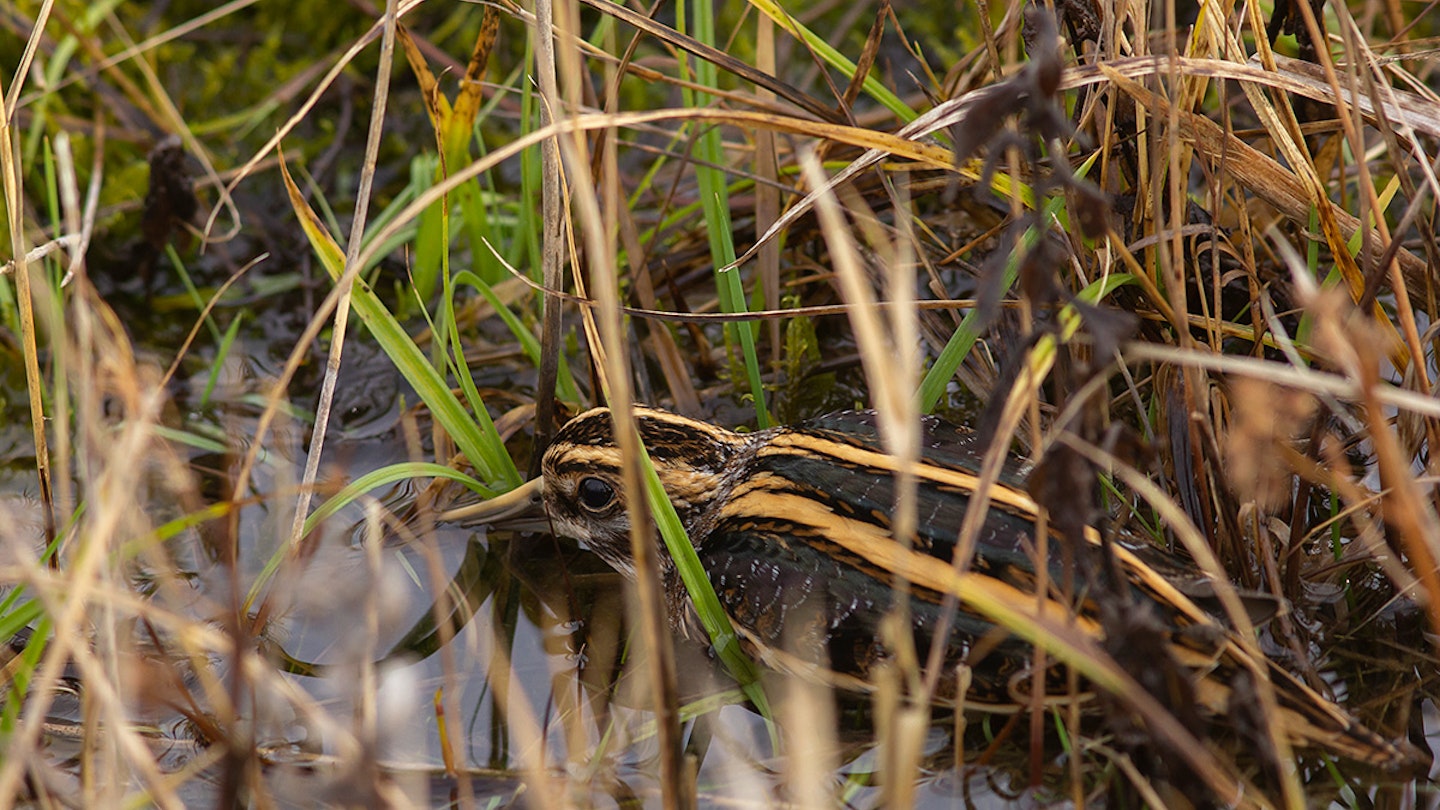Advertorial
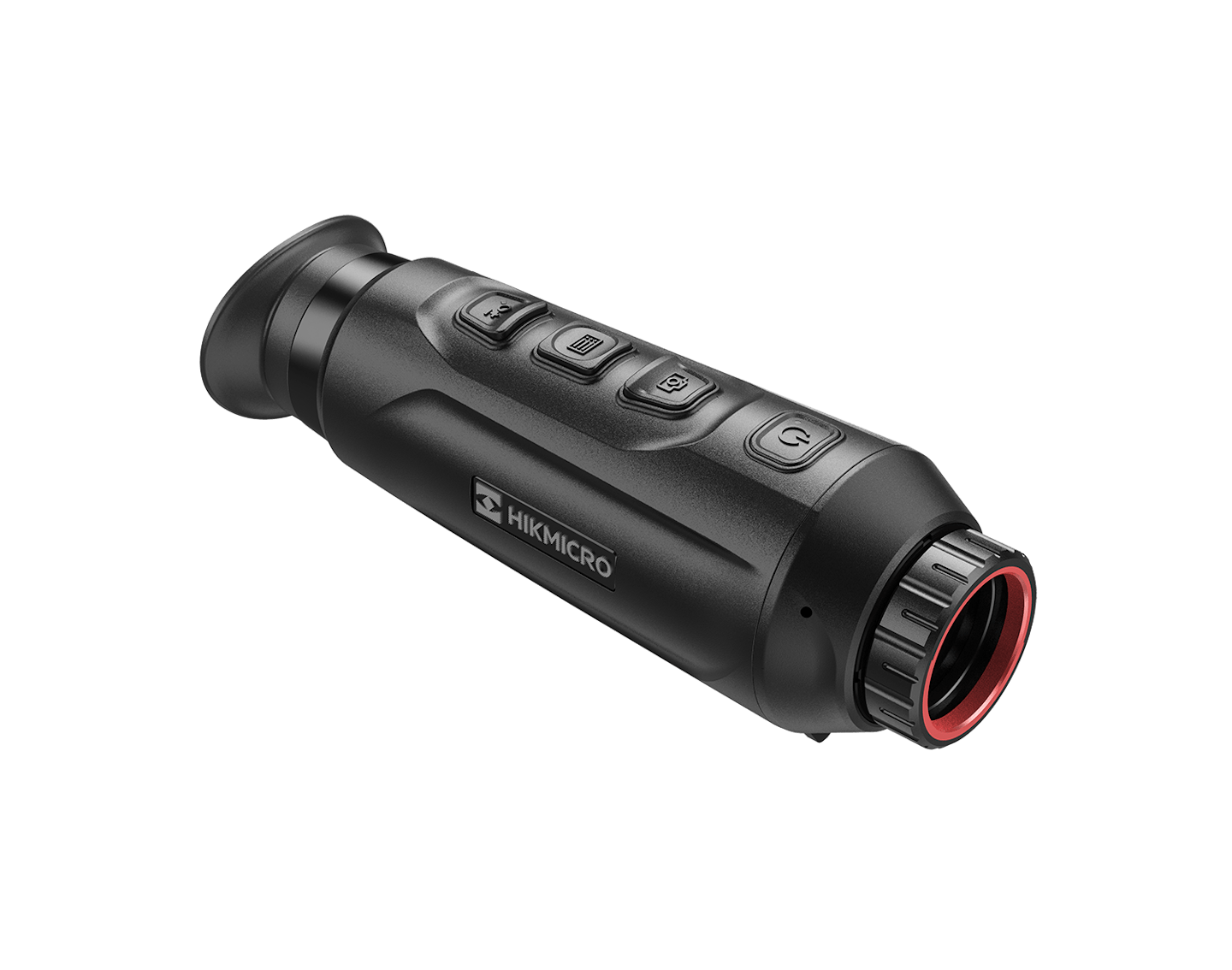
Hikmicro Lynx LH25 2.0 Series Thermal Monocular
Birdwatching is a hobby which does not require much equipment. A pair of binoculars and a notebook and a fieldguide will set you on your way. Of course, many of us soon add a scope and tripod for that extra ‘reach’ and a stable image. And more and more bird lovers are turning to photography, with ever improving digital cameras (or phone cameras for ‘phonescoping’).
Arguably the most exciting, has been the recent addition of thermal imaging devices to birders’ field equipment. Birds, like mammals, are warm-blooded, and thus radiate heat. And thermal imagers can detect this heat allowing the bird (or anything warm) to stand out from its surroundings. Using thermal imagers, birders are able to 'see the unseen', including birds at night or in very low light, or roosting owls buried deep within bushes, or skulkers like Bitterns and Jack Snipe, which can be all but impossible to view on the deck. So, instead of walking through Jack Snipe habitat, flushing the birds (by almost treading on them), we are now able to use a thermal imager to spot them at a distance, which is a much less stressful (to the birds) way to survey birds.

This Jack Snipe would have remained unseen without the power of thermal imaging!
Thermal devices have been incredibly useful in detecting nesting ground nesting birds, revealing hitherto uncertain numbers of the likes of breeding Sky Larks, which could be crucial in helping implement conservation measures. But, for most birdwatchers they are just a simple way to find birds we normally wouldn’t see, and see them in a way that minimises disturbance.
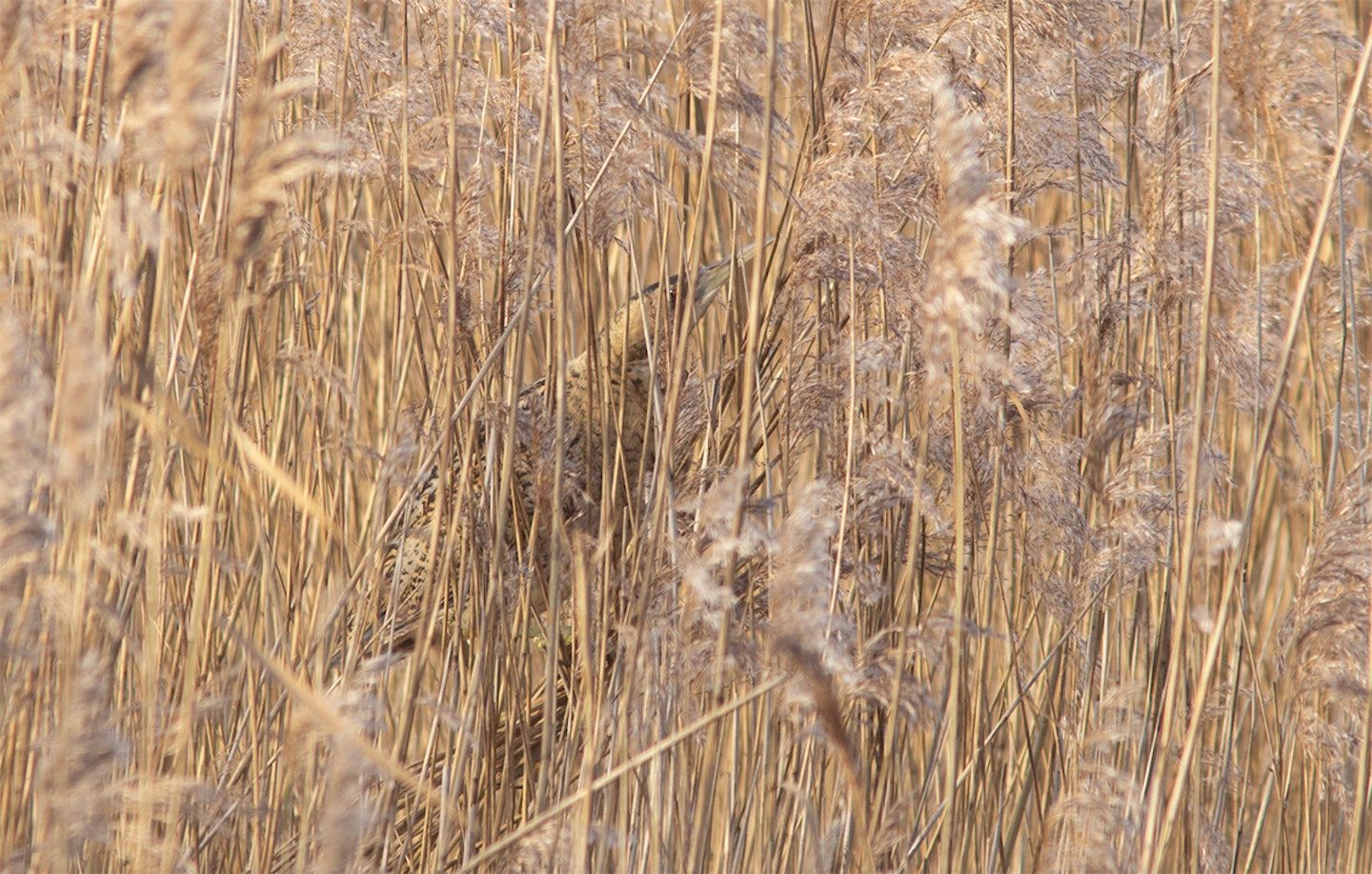
Thermal imaging revealed this Bittern hidden in the reeds
The Hikmicro Lynx 2.0 Series Monocular is high quality thermal monocular at a great price, opening up the formerly hidden world of infra-red. Highly portable, weighing less than 275g (without the c60g battery), and small enough to slip into a pocket, it is not going to add to your weight burden and is a doddle to use. Having added a rechargeable HIkmicro battery, all you need to do is turn it on by holding the button at the objective end (one of four rubberised buttons on the upper surface). Then twiddle the dioptre knob near the eyepiece, to get the writing round the (1,074 x 768 OLED) screen in focus for your eyes and you are ready to go.
The high thermal sensitivity (less than 20mK NETD) infra-red detector delivers a highly detailed image at 2.4x, which can be focused by turning the rubberised ring around the objective lens. What you see depends on which mode you select (by pressing the central of the three buttons closest to your eye). The modes are Red Hot, White Hot, Black Hot and Fusion.
I took a trip out to see some local Waxwings. Not that you need a thermal monocular to detect them, more to illustrate the colour modes on close-up birds. Red Hot mode makes outstandingly warm areas look red (like the south-facing roof in the background), White Hot, makes hotter objects (i.e. Waxwings) appear white; Fusion is a colour mode, where warmer things glow in brighter, warmer colours; and Black Hot is like a negative of White Hot.
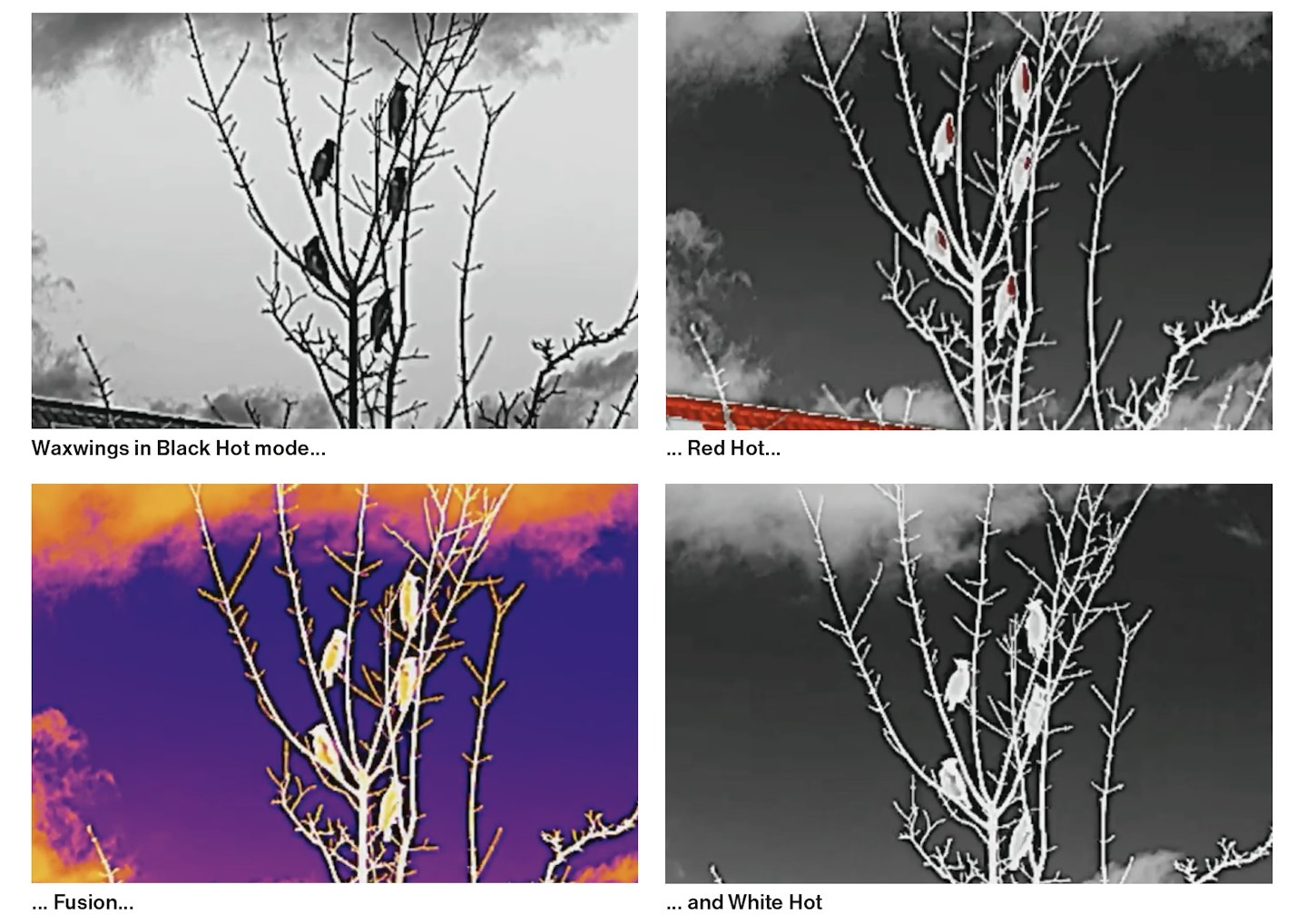
Images (which are essentially screengrabs) can be captured with a simple depression of the button in front of the mode button; a tap for a single frame and holding down for a short while to start a video (and press again to halt). I found that it is best to download the videos to my computer (connected through a Micro C USB take a video, then make screengrabs from the paused MP4.
The final button, closest to the eyepiece, can be tapped to cycle through different magnifications (2.4x, 4.8x, 9.6x and 19.2x), though I generally preferred the wider field of view of the default lowest magnification setting.
**Searching for hidden treasure
**I took the Lynx LH25 2.0 into the field in search of elusive Long-eared Owls at a Lincolnshire Wildlife Trust reserve, close to my home: Deeping Lakes LWT, a well-known wintering site for the species. After removing the protective cap from the objective lens, a scan of an Ivy-covered cluster of trees near the main hide revealed the tell-tale glow of a living creature almost immediately, largely hidden in the cold vegetation! After focusing, I took a brief video, then turned to binoculars, to see the unmistakable wings and back of a roosting Long-eared Owl! Result.
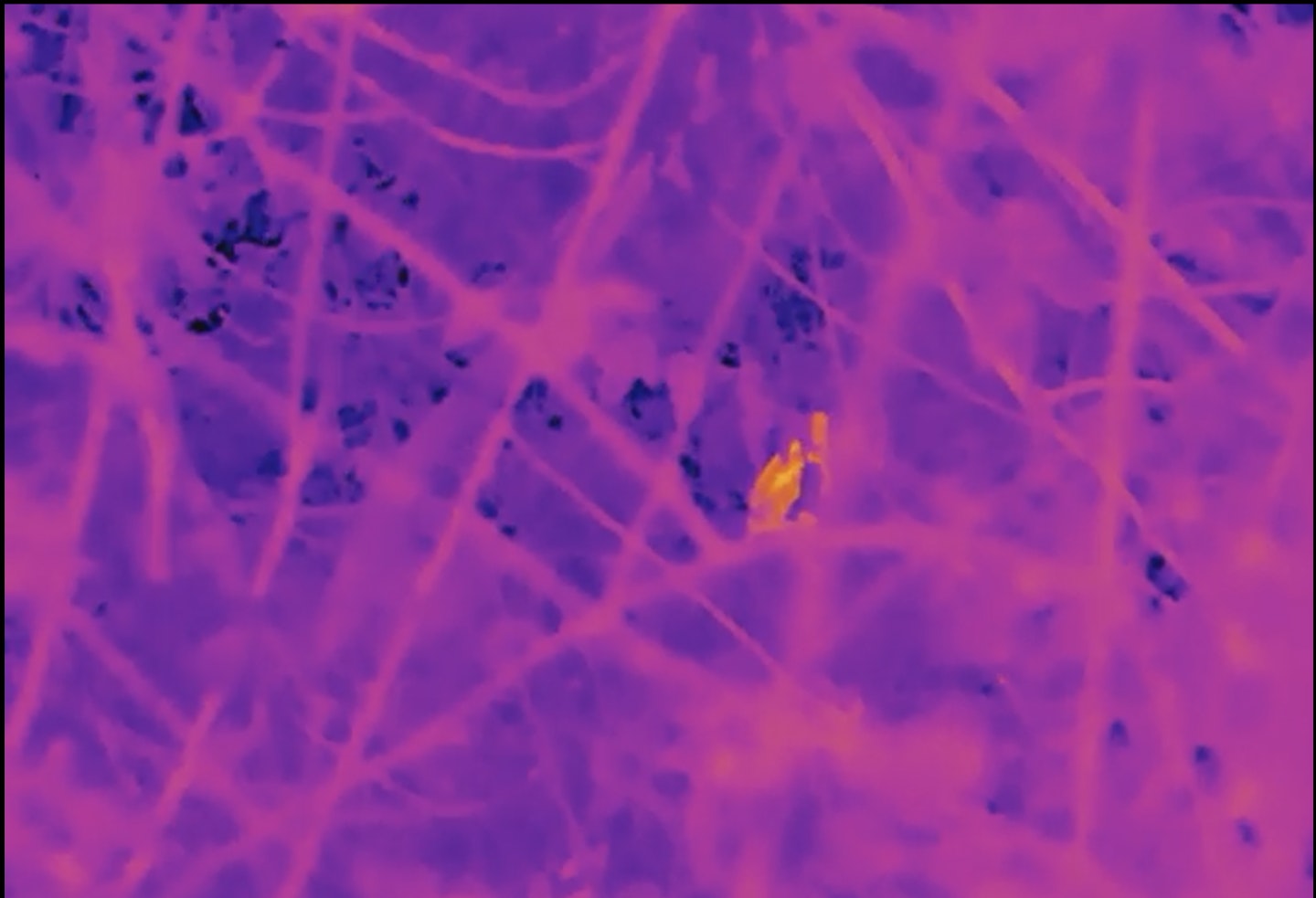
Long-eared Owl detected in Fusion mode.
Verdict
The Lynx LH25 2.0 is a lightweight, easy to use, great quality, thermal monocular which could bring a whole new dimension to anyone’s birdwatching.
Specifications
Size: 172.5 x 56.0 x 60.8mm
Weight: 277 g (without battery, c60g)
Sensor resolution: 384 x 288 pixels
Sensor sensitivity: ≤ 20mK
Display resolution: 1,024 x 768 OLED
Frame rate: 50Hz
Lens: 25mm
Field of view at 100m: 18.4m
Magnification: 2.4x to 19.2x
Internal memory: 16GB
Battery life: c6.5 hours
Website: www.hikmicrotech.com/en/outdoor-products/lynx-2-0-thermal-monocular/
Recommended price: c£1,300
